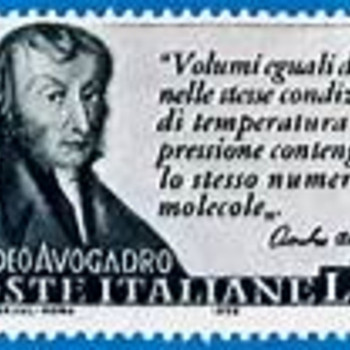What result do you get when you multiply the number of moles of a sample by the following conversion factor? (g of element)#/#(1 element)
1 Answer
Dec 1, 2016
I think you mean to multiply the mass of an element by
Explanation:
And if we do this we get:
So if I have
The quotient gives an answer in
From where do I get the molar masses? Have I memorized them? Do you have to memorize them for an exam?
Actually, you will memorize the more common molar masses, i.e. those of oxygen, nitrogen, carbon, sodium, iron...........

